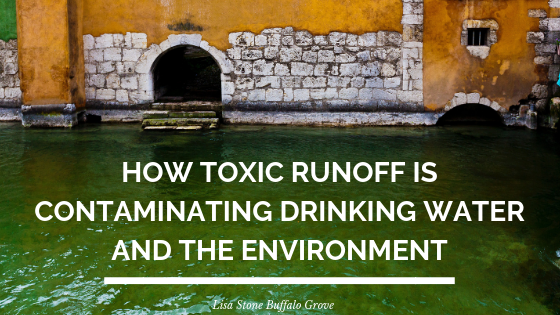Water has a way of getting around — it’s how nature designed it, ensuring that this precious liquid is distributed across the earth. However, when it becomes contaminated with toxic chemicals from human activities, this fluid mobility can be a disadvantage.
Urban runoff comes from things like car detergents and auto fluids (like oil and anti-freeze) being dumped into storm drains. These storm drains lead to the ocean and sometimes even to the reservoirs that hold a community’s water supply. This is why the Environmental Protection Agency urges people to utilize approved drop-off sites for used auto fluids, paints, and other chemicals used in residential areas.
Agricultural runoff originates from farmland areas. Pesticides, fertilizers, and even animal waste contribute to the pollution of surrounding bodies of water and communities by leaching heavy metals, selenium, salts, and other toxic substances into the environment. When precipitation and irrigation flush these contaminants into the soil and the soil erodes or is blown by the wind into other areas, wildlife and humans can become ill as a result of exposure to the contaminants. Even well water pulled from far below the earth’s surface can be impacted when, miles away, the toxins seep directly into the soil around the facilities where they are used.
The Federal Water Pollution Control Act (commonly known as the Clean Water Act) was put into place in 1948 and amended in 1972. This law governs the tracking and prevention of pollution of public bodies of water. Since then, many ideas have been floated about how to manage the issue of runoff pollution. One such idea was to plant grasses and other vegetation that can withstand high levels of salt in the soil. Westlands Water District implemented this “solution” in the Kesterson National Wildlife Refuge in California over a decade ago, but the program has not yielded favorable enough results for it to be implemented in every soil contamination situation. It also gives no immediate help towards making a community’s water safe for drinking again in the meantime.
Water treatment plants that can handle the level of pollution inherent in this toxic water can be expensive to both setup and maintain, but at the present, it’s the only fix with the best track record for making water safe to drink again.
